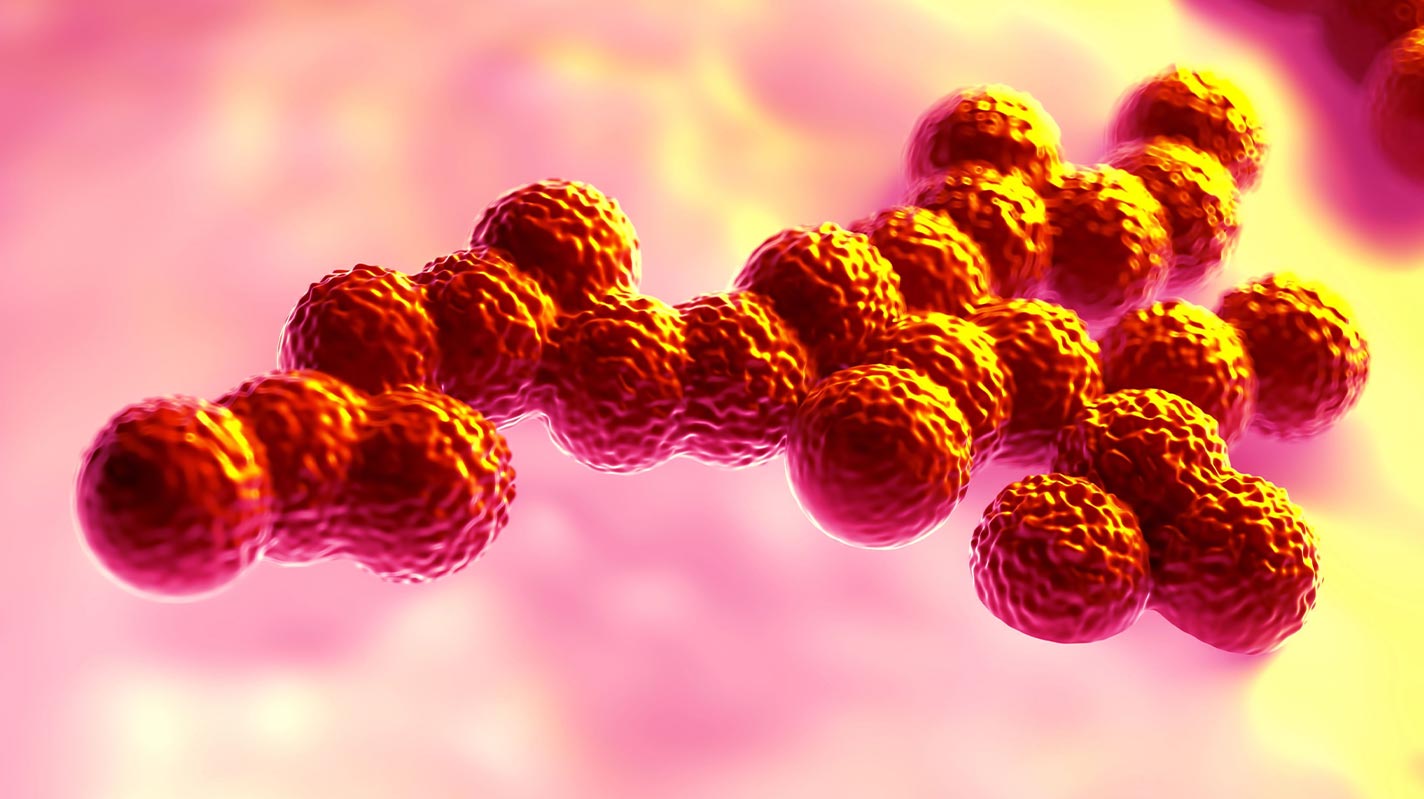Risk Factors and Reasons for Cannabis Microbiology Testing
Learn about the risk factors involved with cannabis testing and why it is essential to protect consumer health and safety.

Microbiological contaminants pose a potential threat to cannabis consumers and the cannabis industry. Regardless if cannabis is consumed for medicinal or adult-use purposes, it’s important to understand the little green plant and the need to test it for microbiological contaminants. Microbiological contaminants like bacteria, fungi, and others pathogens are opportunistic organisms that pose a threat to the health and safety of consumers—especially the immunocompromised population and elderly populations. Testing for these pests is essential to protect consumer health and safety.
The key risk factors to consider for contaminant testing of cannabis are:
- Microbes are Diverse and Opportunistic
- Cannabis is an Agricultural Product
- Cannabis Products are Diverse
- Various modes of Consumption
- Environmental Concerns throughout Supply Chain
- Influence of Incoming Materials
- Absence of Standardization & Absence of Risk Assessment
The Many Forms of Cannabis Consumption
Cannabis is an agricultural product and subject to the risks of the agricultural environment. Cannabis products come in many forms of products, creating a market that meets a larger consumer demographic. Product includes traditional flower, concentrates, oils and tinctures, foods (edibles), beverages, topicals, and supplements—to name a few—and each form also has very diverse subcategories. Take edibles for instance, which range from chocolate to gummies to brownies and to other confectionaries. The complexity of each of these different states has its own set of product safety rules, posing different kinds types of risk factors.
It’s impactful to consider the various modes of consumption, including submucosal, inhalation, and other more sensitive methods. Naturally, the risks vary based on the product type and the means the product is consumed . For example, inhalation has a direct pathway to the lungs with no barriers of entry, increasing risks for microbes to thrive and increasing consumer health risks. Then there are suppositories, which are directly released through body cavities, granting a direct line to the bloodstream.
Safety in the Guidelines
Incoming Materials and Environmental Factors throughout the supply chain are risk factors in cannabis microbiology. Checks and balances throughout cultivation, processing, and other operations reduce microbiological risks and increase quality and safety.
In the worlds of food, pharmaceutical or nutraceutical, there are guidelines, resources, and prescriptive processes for risk mitigation throughout the supply chain, and environmental factors to consider. Unfortunately, this is not the case in the cannabis industry today. Standardization of cannabis microbiology testing does not exist. The deployment of resources, accreditations and the like, such as Good Agricultural Practices (GAP), Good Manufacturing Practices (GMP), Hazard Analysis and Critical Control Points (HACCP) , and beyond are not required. In the absence of these standards and others used to mitigate risks, there may be increased challenges with product safety and negative impact to consumer health and safety.
Microbes are diverse and pose unique risk factors to product quality, consumer safety, and the entire cannabis industry. Microbial contaminants such as STEC, Aspergillus, and Yeast / Mold are a few microbes posing challenges to the cannabis industry and consumers. It’s impactful to understand cannabis microbiology to set the stage to mitigate risks throughout the supply chain while improving product quality, brand image, and at the center human health and safety.






